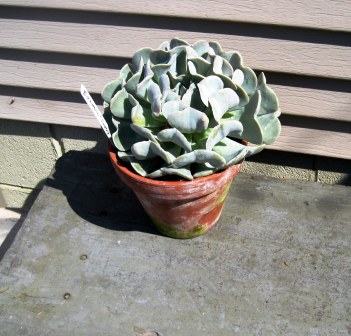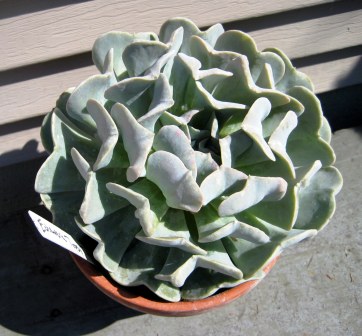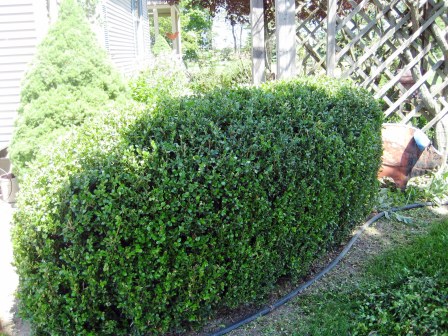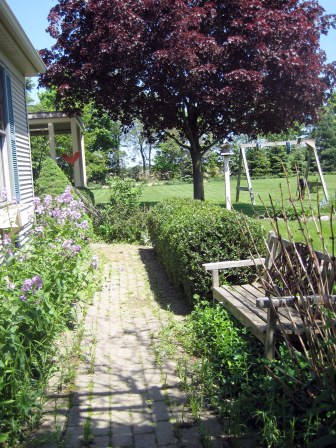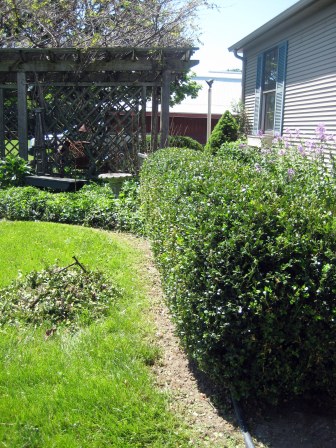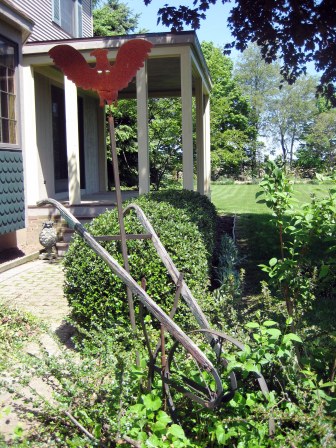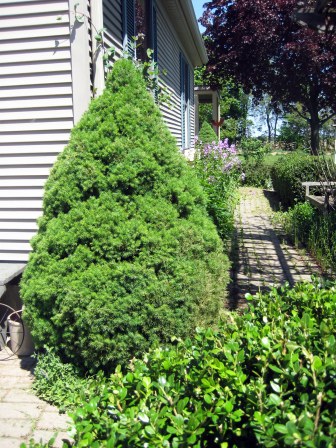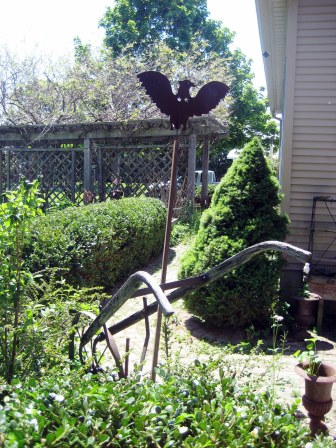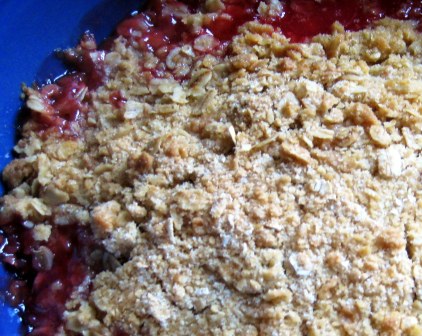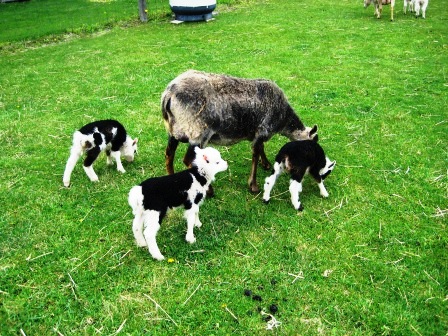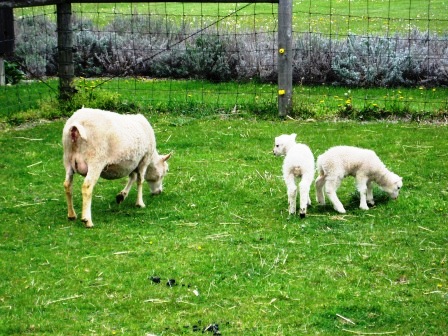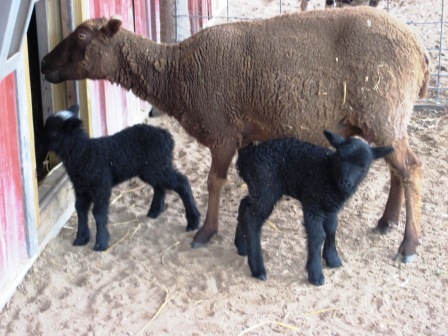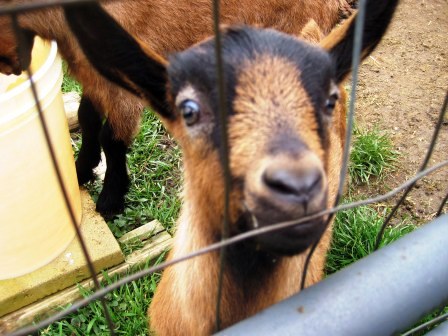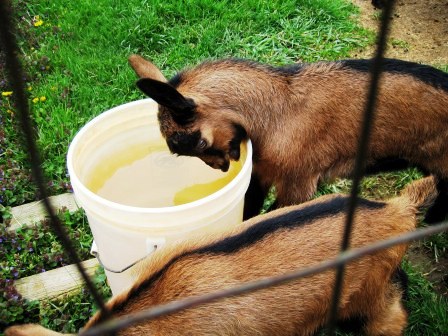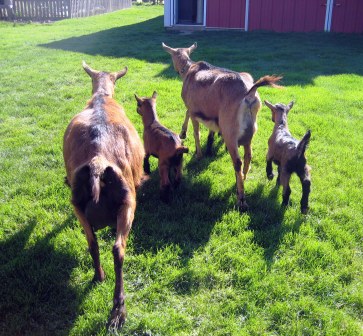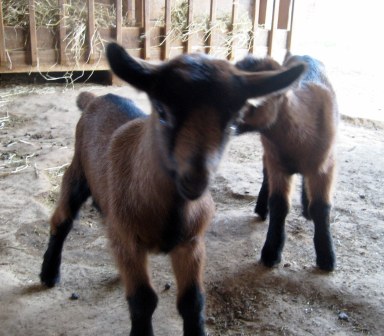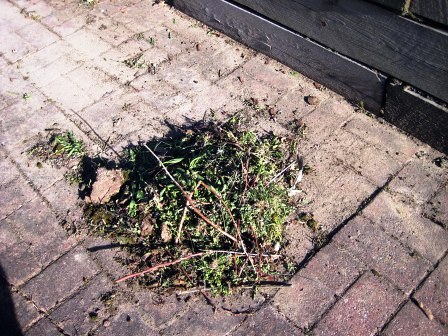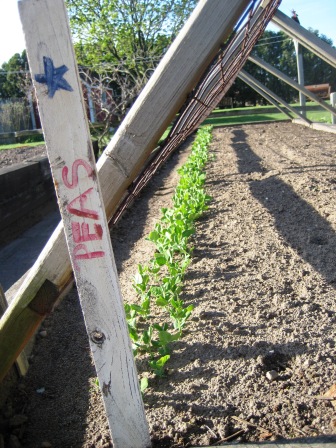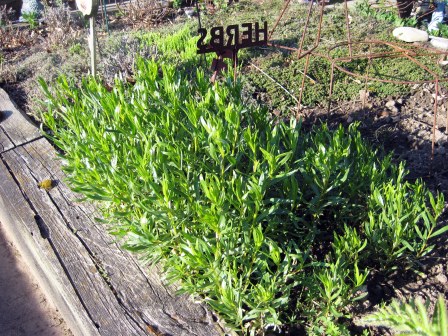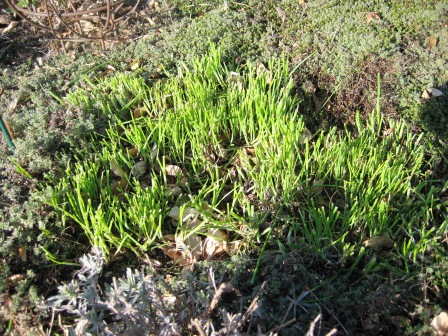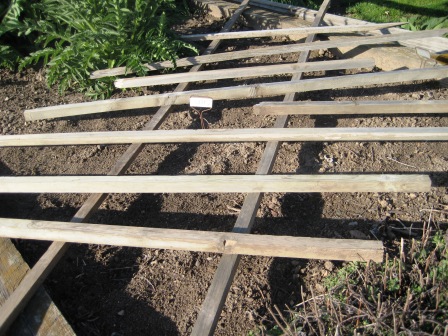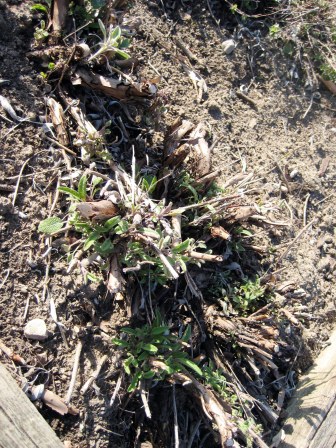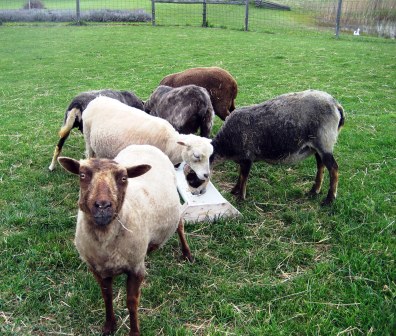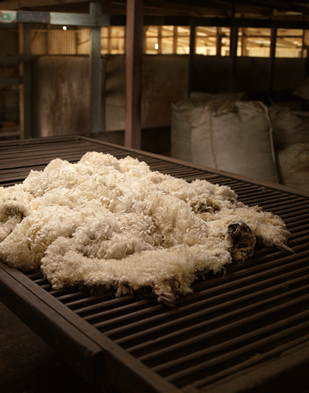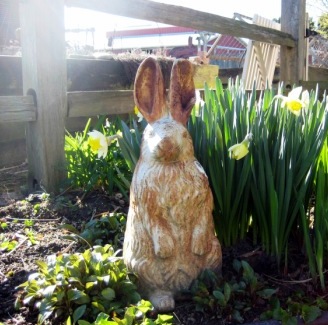It is hard to imagine anything more pleasing to the senses than an herb garden on a sultry summer day. A soft breeze catches the evocative scent of lavender as you brush along-side. The tang of citrus laced with mint reveals lemon balm. A sprawling mat of thyme rests alongside a neat and orderly arrangement of sage, feverfew and chives. The heady scent of basil, king of the herb garden, attracts the lazy buzzing of bees. The herb garden is a feast for the eyes and offers respite for the mind and soul!
As idyllic as it may sound, an 18th-century colonist would almost certainly never have sought out the earthly delights of an herb garden to while away a lazy summer afternoon! The cultivation of special plants was essential for housekeeping: flavoring the food, dyeing, scenting and dosing – including remedies to treat tummy-aches, female complaints AND treating the sick hog or an ailing horse!
The segregation of herbs to special beds in specially-designed, artistic layouts is relatively a modern garden conception. It was far more likely that herbs were incorporated into the family vegetable plot in an nformal, cottage-style garden located just outside the kitchen. Some thought would have been given to those plants which would thrive year after year (perennials) and those which would require resowing every year (annuals); big-rooted plants would have been kept away from more delicate plants with shallow roots.
It was far more prudent for the colonial gardener to have arranged things so she could put her hand on whatever she needed instantly — something to staunch bleeding, freshen a drink, flavor a stew or lend a neighbor in time of need. No colonial household would be without an herbal — a reference so important it was often kept, along with a bible, within quick and easy reach. Three herbalists 17th and 18th-century gardeners relied upon were Gerard, Parkinson and Culpeper. The 18th-century gardener would have been familiar with mint, lemon balm, lavender, thyme, yarrow, lovage, lamb’s ears, garlic chives, sage, rosemary and santolina (or lavender cotton).
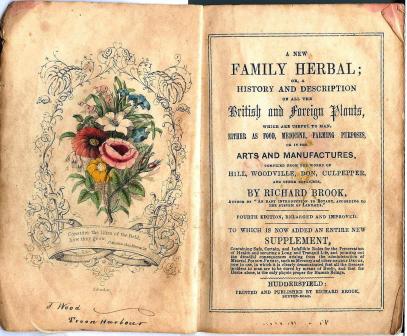
My flea market find: Brook’s Family Herbal, c.1852
Mint (mentha), perennial
Then: Gerard describes mint as “a marvelous wholesome for the stomacke…it stayeth the hicket [hiccup]…is good against watery eyes and a sure remedy for children’s sore heads.” Parkinson touts mint boiled with “mackerell and other fish” and its use, when dried, “among pease that are boyled for pottage.” Culpeper tells us mint would dry up excess milk in nurses and, taken in wine, would help women in childbearing.
Now: Mint has various culinary uses – flavor sauces, jelly, syrup, teas and drinks. It repels mice and insects. As a health and beauty aid, it’s used in skin care products and for oily hair.
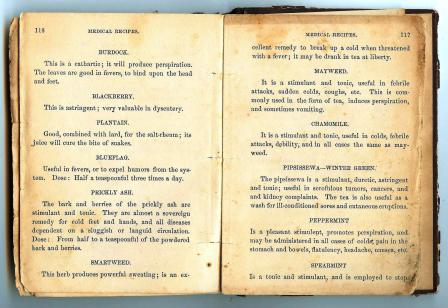
Another flea market find: The Life and Adventures of Mrs. Anna Kremer, c.1871
Lemon Balm (melissa), perennial
Then: Lemon balm, according to Gerard, is good against “the bitings of venomous beasts.” The juice “glueth together” green wounds. Parkinson advises lemon balm steeped in ale against “suddaine qualmes or passions of the heart” while Culpeper notes it will break boils and expel the afterbirth.
Now: Kitchen uses include teas, wines, liqueurs, vinegars, and in fruit salads and fish dishes. Lemon balm may be added to potpourri and furniture polish.
Lavender (lavendula), perennial
Then: Gerard found the distilled water of lavender “virtuous,” whether it be “smelt unto or the temples and forehead bathed therewith.” Parkinson noted lavender’s use in perfuming linen, apparel, gloves and leather, while Culpeper found this herb useful for falling sickness or giddiness of the brain.
Now: Lavender is baked into cakes, cookies and muffins; used to make jellies, teas and vinegars. In the home, it is added to potpourri and bouquets and used as an insect repellent.
Thyme (thymus), perennial
Then: According to Gerard, there was almost nothing thyme could not cure: “It bringeth downe the desired sickness, provoketh urine and applied in bathes it procureth sweat; being boyled in wine it helpeth the ague, stayeth the hicket, breaketh the stones in the bladder; it helpeth lethargie, frensie and madness and stayeth the vomiting of bloud…is good against the wambling and gripings of the bellie, ruptures, convulsions and inflammation of the liver.” Culpeper noted that thyme was good for worms, warts, and dull sight.
Now: Thyme is known as the “blending herb” for its ability to pull flavors together. Cooks use it in salads, stews, soups, sauces, meats, eggs, vegetables and cheeses. In the home, it is a disinfectant and insect repellent. As a health and beauty aid, it may be used for skin care, dandruff and hangovers; remedy for soar throat.
Yarrow (achillea), perennial
Then: Yarrow’s leaves, according to Gerard, close up wounds and staunch bleeding. The whole plant — especially the flower heads — served as a natural dye. Culpeper tells us that a decoction of yarrow, used to bathe the head, “stayeth the shedding of hair.”
Now: In the home and garden, yarrow attracts beneficial insects and speeds composting, old-time medicinal and dye plant.
Lovage (levisticum), perennial
Then: Gerard found that distilled water of lovage “cleareth the sight and putteth away all spots…freckles…and redness of the face if they be washed therewith.”
Now: Lovage, an old pot herb, is used in salads and salad dressings, soups, stocks, stews, cheeses, sauces and to roast meats. Its celery-like leaves (and scent) may be added to bouquets. Medicinally, it is a diuretic and useful in treating cramps, urinary tract infections and wounds.
Lamb’s Ears (stachys byzantina), perennial
Then: Lamb’s ears, though little has been written about it, was used to dress or bandage wounds–the wooly leaves used in place of lint. The textured leaves could also be used as a washcloth.
Now: Silvery lamb’s ears are used in dried arrangements and nosegays.
Garlic Chives (allium), perennial
Then: Garlic was considered a preservative against pestilential air. Gerard noted it aids women who sit over it in a bath, cures ringworm and scabbed heads. Culpeper found garlic chives good for the falling sickness but bad for those “oppressed with melancholy.” He noted that cumin seeds or green beans chewed after eating garlic removed the disagreeable smell from the breath.
Now: Garlic’s use is well known in the kitchen. In the garden, it serves a ‘natural’ spray against insects and plant disease. It is thought useful in treating colds, flu and for reducing blood pressure and cholesterol.
Sage (salvia), perennial
Then: Gerard found sage “singular good for the head and braine; it quickeneth the senses, strengtheneth the sinewes…and cleanseth the blood.” Pakinson touted its use “for teeming women, to helpe them the better forward in their childbearing.” Culpeper tells us sage was useful against snakebite and would turn hair black.
Now: Sage is useful in digesting rich foods. It may be added to vegetables, meats, eggs, breads and vinegars. In homekeeping, it is an antiseptic cleaning solution.
Santolina(santolina), perennial
Then: According to Gerard, lavender cotton “drunke in wine was good against the poysons of all serpents and venomous beasts.” Parkinson placed it into “baths, ointments or other things used for cold causes.” And Culpepper found it resisted “poison and putrefaction” and was “good against worms … scabs and itch.”
Now: Santolina is used most often as an ornamental in knot gardens and as an edging plant. In the home, it may be used in floral arrangements or potpourri and has been found to repel moths.
Rosemary (rosmarinus)
Then: Gerard tells us that the distilled water of rosemary, drunk morning and evening, “taketh away the stench of the mouth and the breath.” Parkinson notes its “civill uses…at weddings, funerals, etc., to bestow among friends.” And, according to Culpeper, “to burn the herb in houses and chambers correcteth the air in them.”
Now: Rosemary flavors meats, vegetables, eggs, cheeses and marinades. It may be added to potpourri or used to make an antiseptic cleaning solution. Medicinally, it is used in skin care, as a hair rinse, for sore throat, muscle and joint pain, wounds and bruises.
Perhaps you’ll add a few herbs to your garden?

